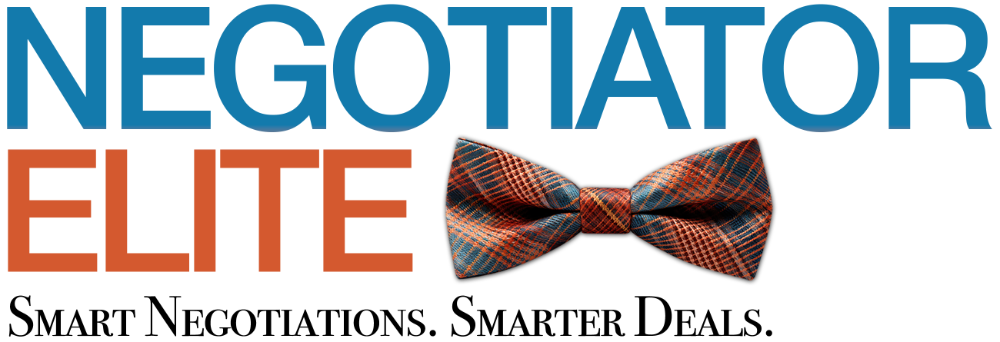Even the Best Technology Needs Good Processes
Sep 05, 2024
In today's fast-paced business world, technology is the backbone of every successful organization. As companies scale, they must continuously upgrade and adapt their internal tools to maintain a competitive edge. This applies just as much to Procurement as to any other department. However, as much as we want to rely on shiny new tech to fix inefficiencies, it’s a hard truth that technology alone cannot overcome the gaps left by a broken or non-existent procurement process.
In fact, the opposite often happens. Instead of streamlining workflows, new tech can inadvertently create redundant steps when forced into an already convoluted, inefficient process.
The Trap of Technology Without Process: A Real-World Example
Many years ago, I worked for an organization that exemplified this exact challenge. They had a chaotic collection of systems attempting to manage their procurement function:
- A homegrown Purchase Requisition system to create and track internal requests for goods and services.
- A document management add-on module from their corporate print solution for contract management.
- A purchase order module bolted onto the corporate ERP system.
- An asset management module from the help desk ticketing system.
Here’s the problem: None of these systems were integrated.
As a result, the procurement team was forced to create a series of manual processes to input information into each system for every purchase. The outcome? A redundant, error-prone, and overly complicated procurement process.
Process Redundancy at Its Worst
Here’s how bad it got:
- Purchasing agents would print fully approved Purchase Requisitions, then manually input the information into the ERP system to generate Purchase Orders.
- Contracts went through multiple rounds of redundant approvals before final signatures, only to be dumped into a document repository with limited search capabilities.
- Assets were received and tracked manually in a separate asset management system, requiring a three-step invoice approval process.
The entire process was not only redundant but also full of vulnerabilities. Not surprisingly, the organization repeatedly failed audits.
The Costly Investment That Didn’t Fix the Problem
In response to the failures, the organization opted for what they believed was a foolproof solution: investing in expensive Purchase Requisitioning and Contract Management modules from their ERP supplier. They were promised a complete Procure-to-Pay solution that would solve all their problems.
However, both the supplier and the organization missed a critical point: the real costs came from the effort required to:
- Redesign processes from the ground up.
- Retrain employees across the organization.
- Re-input years of historical data from four separate legacy systems.
Years passed, millions of dollars were spent, and yet the ERP add-ons collected dust. The organization, still burdened with the same inefficiencies, added even more process bandages in an attempt to stop the bleeding.
The Lesson: Align Your Process Before You Invest in Tech
The rapid advances in procurement technology over the past 20 years have been game-changing. In the hands of skilled procurement professionals, these tools have delivered impressive results. But here’s the kicker: Procurement tools are only as good as the processes they support.
Before throwing money at new tech, it’s critical for any organization to evaluate the processes they already have in place. Only then can you determine whether new technology will actually integrate seamlessly into your operations, or if it’s going to add unnecessary complexity and cost.
Key Takeaways:
- Technology can't fix a broken process: Before investing in tech, evaluate the efficiency of your current processes.
- Integration is crucial: Don’t rely on multiple disconnected systems that create redundancies and inefficiencies.
- Plan for implementation costs: Ensure you understand the full scope of costs, including retraining and reconfiguring processes, before introducing new technology.
- Focus on process, not just tools: Your tech should align with well-thought-out processes to maximize its effectiveness.
In conclusion, technology is a powerful enabler, but it must be coupled with smart processes. Otherwise, you risk falling into the same trap as many organizations before you—expensive tools collecting dust while inefficient processes continue to drag you down.
